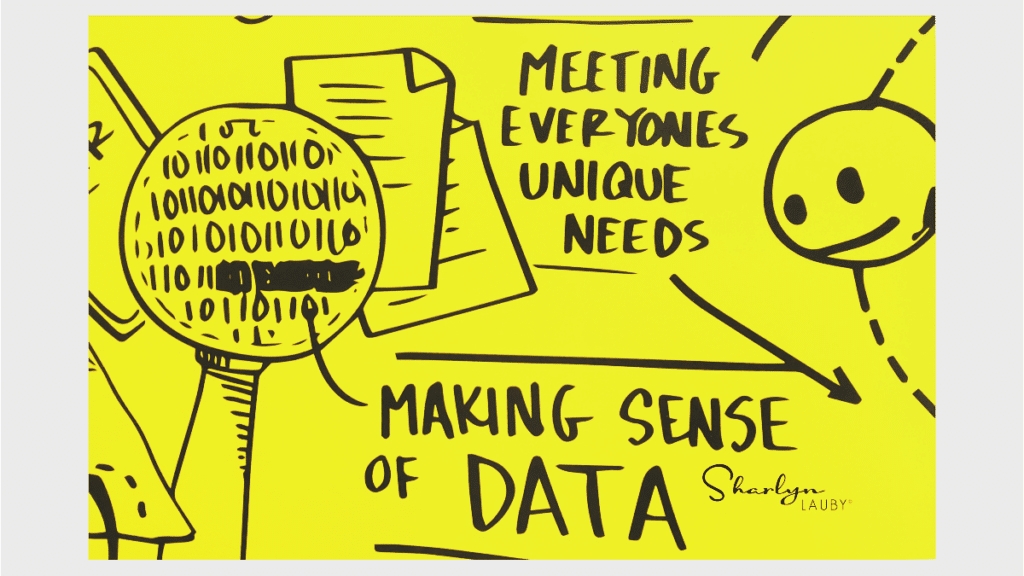Hire the Best Employees: Start with the Best Recruiting Strategy
Estimated reading time: 4 minutes
Many of you know that I’m a planner. I like to plan. That doesn’t mean I don’t like the implementation or execution of plans; but I just find if I take time to plan the implementation/execution is easier. And often better. That’s why I encourage organizations to plan, especially where their talent needs are concerned.
I realize that right now organizations have lots of job openings. They’re focused on hiring people. But now would also be the perfect time to do some recruitment strategy planning. That way, the organization is thinking about both their short- and long-term talent needs at the same time. If you’re looking for resources to get your recruiting strategy plan started, here are a few articles that might help.
Agile Talent Strategy: Why You Need It and How to Develop One
Talent and business performance have always been intertwined. And the solution for both is intertwined. We’ve been talking for a while about how business agility is important to business success. Organizations need to be able to quickly react to changing business conditions. Well, the same holds true for talent. Organizations should adopt an agile talent strategy that allows them to react quickly to changes in the labor market.
How to Develop a Workforce and Staffing Plan
Organizations cannot afford to waste time and resources. Having a plan to get the talent you need does that. But plans only work if you use them. Having a documented strategy that identifies the talent that the organization needs is a big part of helping the organization accomplish its goals. Because you can’t do it without people.
Talent Intelligence Should Be Part of Your Workforce Planning
Workforce planning is one of the biggest challenges facing businesses today. Talent Intelligence takes the stress and bias potential out of the early parts of the recruitment process and frees up the time recruiting teams need to do the work that technology can’t do: connecting with candidates, evaluating their fit, building company culture, and setting new hires up for success.
Contingent Workers Should Be Part of Your Recruiting Strategy
Contingent workers can be a great addition to the organization’s recruiting strategy. They can provide high level performance when it is needed most. This could involve an organizational shift in focus. But it definitely means spending time to develop and communicate a strategy.
The Future Workplace [Episode 1] – Recruiters Need Budgets to Source the Best Employees
A few times in my career, I’ve been tasked with “turning around” or fixing HR departments. During those times, I’ve frequently come to realize that one of the departments’ biggest challenges was recruiting. Hiring managers were frustrated because they didn’t feel that the recruiters were sending qualified candidates in a timely fashion. When the recruiting function suffers…everything in the business suffers. Organizations link their brands to talent. They build entire marketing campaigns around being able to deliver the best products and services. That begins with finding the best employees.
10 Ways to Recruit More Effectively Against the Competition
We all know there are various reasons that people are searching (or not searching) for new opportunities. The bottom line is that organizations need to focus on their recruiting strategy in a highly competitive labor market. If you’re a good employer, job seekers will want to work for you. Organizations need to get the word out about their culture, jobs, and benefits. Now isn’t the time to be shy about the benefits of working at your organization. Because you can bet that your competition is telling candidates the benefits of working for them.
The challenges we’re seeing right now in the recruitment market are not going away any time soon. Pew Research Center has said over 10,000 people a day turn retirement age. While they’re not all going to leave the workforce at the same time, it’s a reminder that Boomers are planning their exit strategy. That means organizations need to plan for how they will get the work done. Having a recruiting strategy will help organizations manage the change.
Image captured by Sharlyn Lauby at the SHRM Annual Conference in Las Vegas, NV
14